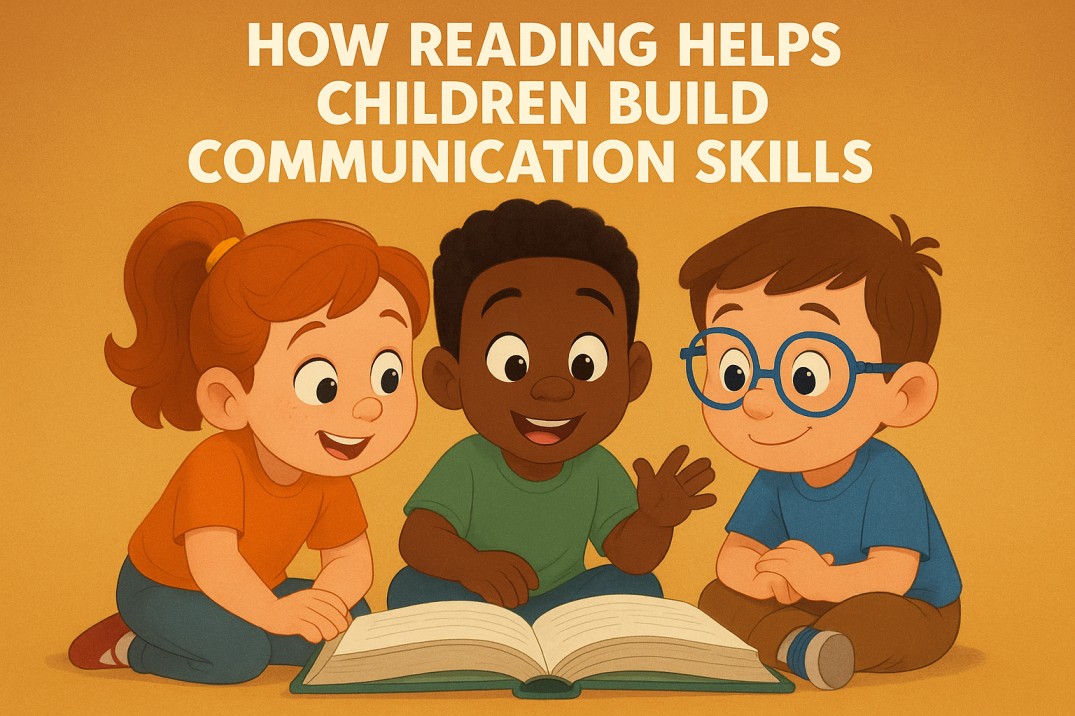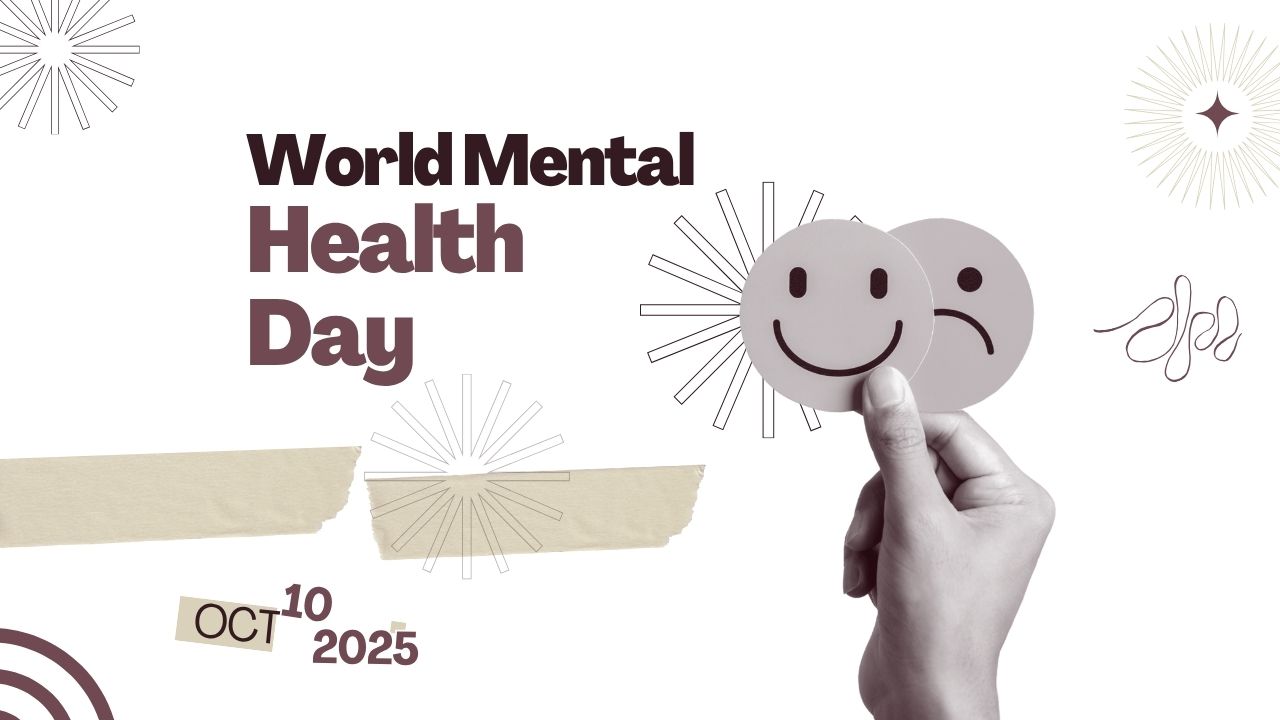Loading advertisement...
05-07-2025

Reading is not just an educational skill—it’s a life skill. From expanding vocabulary to building character, reading has the power to shape a child’s future. When you start early, you’re giving your child the head start they need to become a confident learner and thinker.
Reading fuels a child’s imagination, supports emotional well-being, and lays the foundation for academic success. It’s more than storytelling—reading encourages curiosity, teaches values, and helps children make sense of the world around them.
Key Benefits:
Research shows that children who are read to from infancy develop stronger neural connections related to language and literacy.
Example:
When you read “The Cat in the Hat” or “Goodnight Moon”, your child is learning rhymes, rhythms, and patterns, even if they can’t read yet. These auditory skills form the base for later reading and speaking abilities.
Science Tip:
Between birth and age 5, the brain develops faster than at any other time. This “window of opportunity” is ideal for developing literacy.
Children who hear more words daily become better at expressing themselves. Books expose them to:
What Happens Over Time?
They learn how to describe what they see, ask questions, express feelings, and eventually read and write more fluently.
Stories are filled with characters facing challenges, making decisions, and solving problems. This helps children learn how to analyze situations, think logically, and make choices in their own lives.
Try This While Reading:
Ask questions like:
Books help children understand emotions—both their own and others’. They learn to identify feelings such as joy, sadness, fear, jealousy, and empathy.
Example:
Books like “The Feelings Book” or “When Sophie Gets Angry” help children connect with real-life emotions and learn how to manage them.
Reading together creates warm, loving memories. It’s a time when children feel safe, heard, and understood. It also shows children that books—and learning—are valuable.
Tip for Parents:
Make reading a part of your daily bonding time. It can be before bed, during bath time, or while waiting at a doctor’s office.
Children who develop reading habits early are more likely to:
Even if your child can’t talk yet, it’s never too early to start reading. Here’s how:
1. Start With the Basics
Begin with soft books, board books, or picture books. Let your baby explore the book with their senses.
2. Make It Part of Your Daily Routine
Set a specific time for reading—bedtime is ideal. Consistency builds habit.
3. Read Aloud With Expression
Use different tones, funny voices, and dramatic pauses. This keeps your child interested and entertained.
4. Choose Interactive Books
Books with textures, flaps, sounds, or questions are perfect for toddlers and preschoolers.
5. Follow Your Child’s Lead
Let them choose the book. If they want to read the same book over and over—it’s okay! Repetition strengthens learning.
| Age Group | Book Type | Example Titles |
|---|---|---|
| 0–1 year | High-contrast, cloth, sensory books | Black & White, Baby Touch |
| 1–2 years | Board books, lift-the-flap | Dear Zoo, Peek-a-Who? |
| 2–4 years | Rhyming stories, picture books | Brown Bear, Brown Bear, The Very Hungry Caterpillar |
| 4–6 years | Short stories, early readers | Pete the Cat, Dr. Seuss books |
Reading isn’t just about learning to read—it’s about learning to think, feel, and grow. Starting early helps children develop the skills and confidence they need to succeed in life.
So begin today—one story, one page, one magical moment at a time.
✅ Stay connected with Skool Guru for more educational tips, exam strategies, and academic guidance.
📞 Need help? Contact our mentors today!
Visit: www.skoolguru.in

